The Daleks may be the most iconic of the Doctor Who monsters, but there was a time when they were almost exterminated from our TV screens.
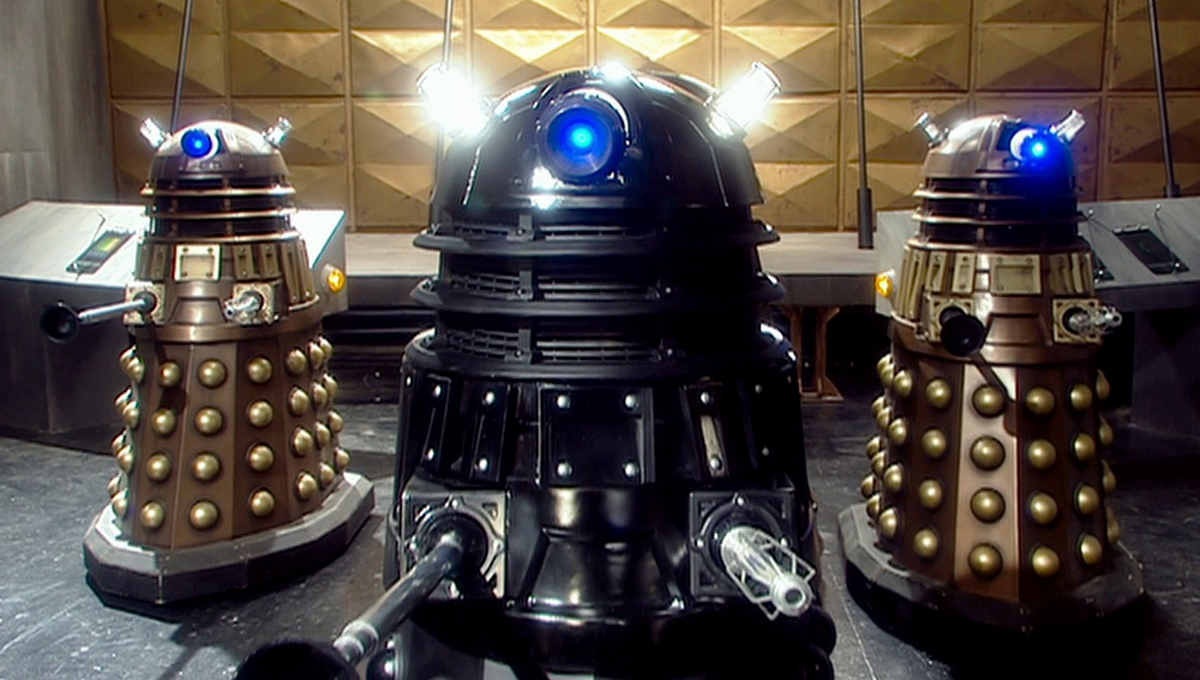
The Daleks are some of the more complicated Doctor Who monsters from a copyright point of view. In the days of the classic series, people who wrote for the show would often create their own Doctor Who monsters and characters, such as the Sontarans (Robert Holmes) or the Ice Warriors (Brian Hayles), or even the loveable K9 (Bob Baker and Dave Martin.)
And these writers’ contracts were such that they retained the copyright to the Doctor Who monsters they created, hence why you will still see writers like Robert Holmes credited after a Sontaran episode. And this was also true of the Daleks, which were the brainchild by Terry Nation. He still owns partial copyright to these Doctor Who monsters, which means that he (or, in subsequent years, his estate) has to give permission every time the BBC wants to use them.
This is particularly problematic when it comes to the Daleks, as they are arguably as popular as the Time Lords themselves, and as iconic as the TARDIS or even the Fourth Doctor’s scarf. One could even argue that the Daleks were key to Doctor Who‘s early success, and its enduring popularity.
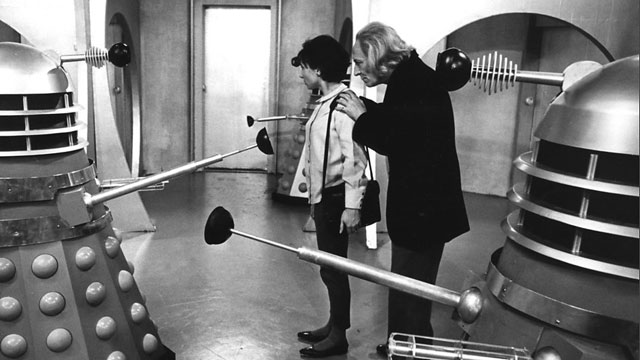
(C) BBC
Securing permission to use these classic Doctor Who monsters, therefore, has long been the priority of the incumbent production team. When Russell T Davies started planning the show’s relaunch in 2003, he was keen for the Daleks to make a return appearance, but apparently the BBC failed to reach an agreement with the estate of Terry Nation (at least initially.) And so, at one point, the production team were forced to create a new monster to replace them entirely.
These new Doctor Who monsters were called the Future Humans – sphere-like creatures who had wreaked havoc during the Time War. In an abandoned Series One story called ‘Absence of the Daleks’ (which later became ‘Dalek’ by Rob Shearman) it would have been established that the Future Humans had decimated the universe’s major civilisations (including the Daleks) before being trapped on Gallifrey by the Time Lords. The two races would then have wiped themselves completely, leaving the Doctor and a lone Future Human as the only survivors. These two would then have met in an underground containment facility, following a similar story to Series One’s ‘Dalek.’
And if the concept of spherical ‘Future Humans’ sounds familiar, you will recall they were revived for Series Three’s ‘The Sound of Drums’ and ‘Last of the Time Lords’ where they were renamed the Toclafane. And the premise that was developed for ‘Absence of the Daleks’ remained the same; these spheres were future versions of the human race who had travelled back in time to attack the past.
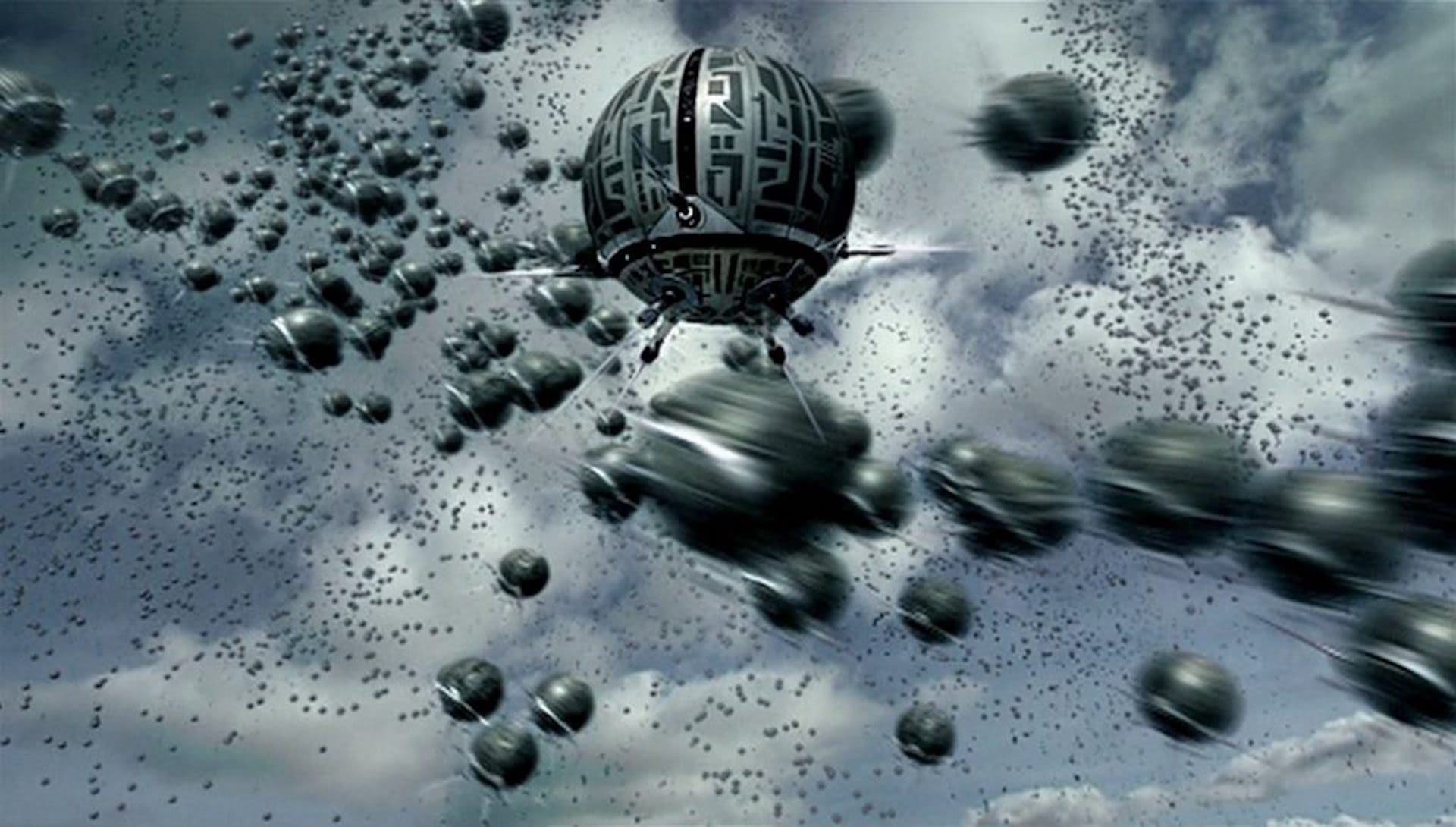
(C) BBC
But as we all know, an agreement was ultimately reached with the Nation estate, and these iconic Doctor Who monsters made an explosive return to the Whoniverse.
But there was a time when the Daleks were forced off our TV screens for a prolonged period. They were absent for some five years between 1967 and 1972 as Terry Nation was busy developing his own TV series for the metal mutants in the United States.
Indeed, the BBC was so certain that it would no longer be able to use these Doctor Who monsters that it took the drastic step of exterminating them completely. In their final story of the 60s – ‘The Evil of the Daleks‘ – the monsters met their “final end” after a dramatic showdown on their home planet of Skaro, after which they vanished from the Whoniverse altogether, save for fleeting glimpses in a few flashback clips.
The BBC, therefore, had to come up with some new Doctor Who monsters who could pose a credible threat to the Time Lord – and of course, who could capture the imaginations of Doctor Who fans worldwide.
There were several attempts at this. One of these came early on in Doctor Who‘s run, at the height of the Daleks‘ popularity in the mid 60s. Nation was already making plans to take his creations State-side, and the production team came up with a race of Doctor Who monsters known as the Mechonoids who were intended to pose a credible threat to the metal mutants. Plus of course, there was a hope that these new Doctor Who monsters would achieve the same level of fame and popularity as the Daleks, and they made their debut in the 1965 adventure ‘The Chase.’
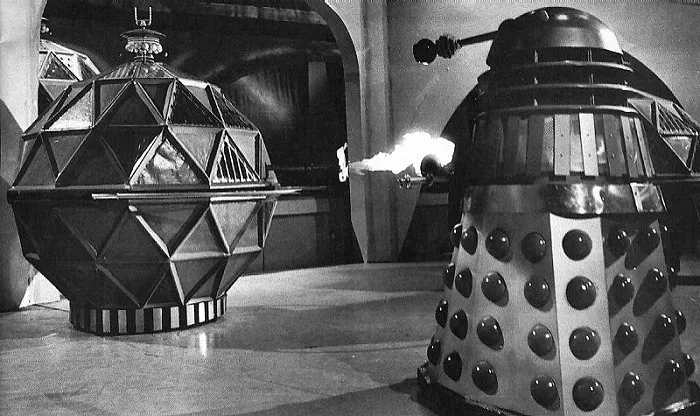
(C) BBC
Undoubtedly, they were similar to the Daleks in many ways, moving on round bases with no obvious human features. But they were substantially bigger, and even incorporated flame-throwers into their weaponry.
And even though these new Doctor Who monsters enjoyed an initial wave of popularity, with healthy merchandise sales and an early comic book appearance, they proved somewhat unwieldy in the studio, largely because of their size, and they were too big to store after filming wrapped. As such, the Mechonoids largely vanished into obscurity after 1965, although they were revived for the animated Daleks! series in 2020, which formed part of the Time Lord Victorious arc.
And then there were the Quarks, who made their debut in the 1968 story ‘The Dominators.’ These were different Doctor Who monsters altogether, and in fact had more in common with the Cybermen than the Daleks, being more humanoid in shape and distinctly more ‘robotic.’
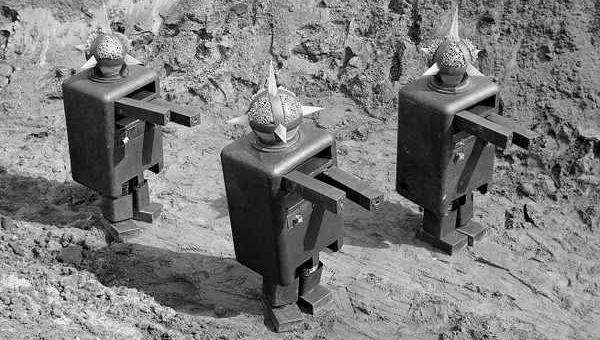
(C) BBC
In their one and only TV adventure, the Quarks are the servants of the story’s real villains – the human Dominators – although they are threatening enough in their own right. Like the Daleks, they have weaponry built into their arms and have the ability to kill, stun and electrocute. They also don vicious-looking spikes on their heads, and they have the ability to gather large amounts of data by turning on the spot.
And in principle, these Doctor Who monsters sounded quite promising. But alas, they failed to resonate with the audience of the 1960s, perhaps because of their somewhat awkward movement and lack of agility (although, of course, this never stopped the Daleks…) Similarly, the Quarks sometimes came across as more ‘cute’ than they were intended, perhaps because of their small stature and pixie-like voices.
But it is curious to think that, in an alternate reality, the Quarks, Mechonoids or Toclafane could have risen to the same level of fame as the Daleks. Although, to date, nothing has really surpassed them, despite the immense popularity of the Cybermen and the Master, and latterly the Weeping Angels. This is ironic, in a way, given the Daleks’ obsession with becoming the dominant lifeform. They have certainly become the dominant Doctor Who monster.
How do you feel about the Quarks, Mechonoids and Toclafane? And what do you think is the secret behind the Daleks’ enduring popularity? Let me know in the comments below.









Leave a Reply